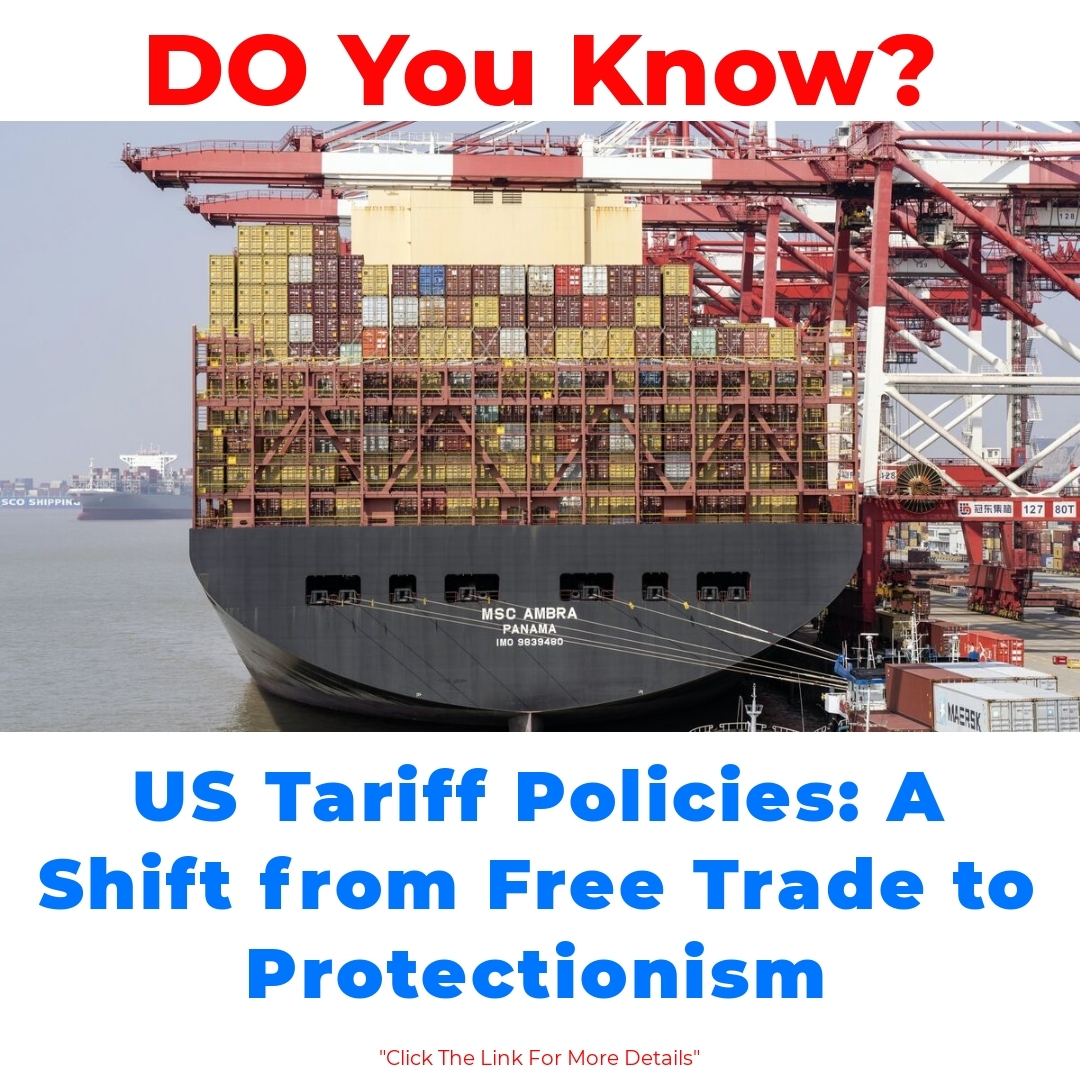The evolution of US trade policies reflects a dynamic history marked by significant shifts, from high tariffs intended to protect American manufacturing to the adoption of free trade agreements aimed at fostering global commerce. Understanding these transitions is crucial to grasping their economic impacts on American industries and workforce.

Historical Context of US Trade Policies
Early Tariffs: Protectionism from the Founding Era
When the United States first formed, high tariffs were a major part of the trade landscape. The thinking was straightforward: by imposing tariffs on imports, the government could protect fledgling American industries and create jobs. These early tariffs helped nurture the local manufacturing base, but they also led to tensions, especially with trading partners who felt the pinch. The result? An economy that sometimes grew too dependent on these protections instead of innovating or evolving.
Shift to Free Trade in the 1930s
The narrative began to shift significantly in the 1930s with the adoption of free trade agreements. The economic theories of the time supported this move, arguing that free trade would create a more dynamic economy by allowing American businesses to access foreign markets while also providing consumers with a broader range of goods at lower prices. This era marked a fundamental change in how the U.S. approached trade, emphasizing the interconnectedness of global commerce.
The Revival of High Tariffs Under Donald Trump
Donald Trump’s Trade Policy
Fast forward to the Trump administration, where we saw a stark return to high tariffs as a core strategy. Trump’s trade policy emphasized tariffs on imports as a way to bring manufacturing jobs back to the U.S. A notable example was the tariffs imposed on China, which were justified as a necessary measure to combat unfair trade practices and protect American industries from what was perceived as economic aggression.
Economic Impact of Tariffs
Now, let’s talk about the effects these high tariffs had on the U.S. economy. In many cases, the economic impact of tariffs sparked debates among economists and industry leaders. While supporters claimed that these tariffs protected American manufacturing jobs, critics pointed out that the resulting higher costs for imported goods put a squeeze on consumers and businesses alike. This tug-of-war led to various shifts in job markets and manufacturing dynamics, making it a hot topic for discussions on US trade policies.
Continuation of Tariffs Under Joe Biden
Transition to Biden Administration
After Trump, we entered the Biden administration, which had its own approach to trade policies and tariffs. While Biden had made some promises about how he would manage trade relations, in many ways, he maintained the framework set by his predecessor. The retention of tariffs on imports became a point of contention, especially regarding how it would influence American manufacturing and international relations.
Changes in US Trade Policies
Looking closely at the adjustments made under Biden, we can see some nuanced changes in US trade practices and agreements while also realizing the implications for China trade relations. The administration’s approach showed that while there were some attempts to balance the scales, the environment was still rooted in the previous high-tariff policies. This ongoing strategy has led to a complex web of international relationships, where economic decisions are closely watched by all parties involved.
Long-term Effects of US Trade Policies
Evaluation of High Tariffs and Trade Relations
So, what are the long-term effects of these high tariffs on trade relations? When reflecting on historical trade policies, it’s clear that the rise and fall of tariffs have had significant consequences on American industries. Not only have they reshaped the landscape for manufacturers, but they have also restructured relationships with key trading partners. The ripple effects are still being felt today and will likely continue into the future.
Free Trade Agreements and Future Directions
Moving forward, the role of free trade agreements is paramount. These agreements may help shape future US trade policies to promote global cooperation and economic growth. While high tariffs have their place, the balance with free trade agreements will likely dictate how American manufacturing evolves and how effectively the U.S. can engage in international markets. Predictions for future trade practices suggest further negotiations will take center stage as both challenges and opportunities emerge globally.
Conclusion
In conclusion, the evolution of US trade policies reveals a complex history that reflects changing attitudes toward tariffs on imports and free trade agreements. As we stand at this crossroads, understanding the implications of these policies on American manufacturing is critical. Engaging in discussions about effective US trade policies is essential for fostering economic prosperity moving forward. The journey from high tariffs through free trade and back again is a vital part of not just our economic history but also our future direction in global commerce.
FAQ
1. What were the early tariffs in the United States, and why were they implemented?
The early tariffs were high taxes imposed on imports shortly after the U.S. was formed. They were designed to protect American industries and create jobs by making imported goods more expensive, thus encouraging consumers to buy domestically produced products.
2. How did trade policies change in the 1930s?
In the 1930s, the U.S. shifted towards free trade agreements. This change was driven by economic theories that suggested free trade would stimulate a more dynamic economy, allowing businesses to access foreign markets and offering consumers more choices at lower prices.
3. What was Donald Trump’s approach to trade policy?
Donald Trump returned to high tariffs as a key part of his trade strategy. His administration focused on imposing tariffs, particularly on China, to protect American manufacturing jobs and address perceived unfair trade practices.
4. What were the economic impacts of the high tariffs during Trump’s administration?
Higher tariffs led to debates among economists and industry leaders. Supporters argued they protected jobs, while critics pointed out that they increased costs for consumers and businesses, affecting job markets and manufacturing dynamics.
5. How did Joe Biden address tariffs and trade relations?
Although Biden had different promises, he largely maintained the high-tariff framework established by Trump. The retention of these tariffs sparked discussions about their influence on American manufacturing and international relationships.
6. What are the long-term effects of U.S. trade policies on trade relations?
The rise and fall of tariffs have significantly impacted American industries and reshaped relationships with trading partners. The ongoing effects of these policies are still felt today and may continue to influence future trade dynamics.
7. What role do free trade agreements play in the future of U.S. trade policies?
Free trade agreements are crucial for promoting global cooperation and economic growth. Balancing these agreements with high tariffs will likely shape the future of U.S. trade policies and American manufacturing in the international market.





